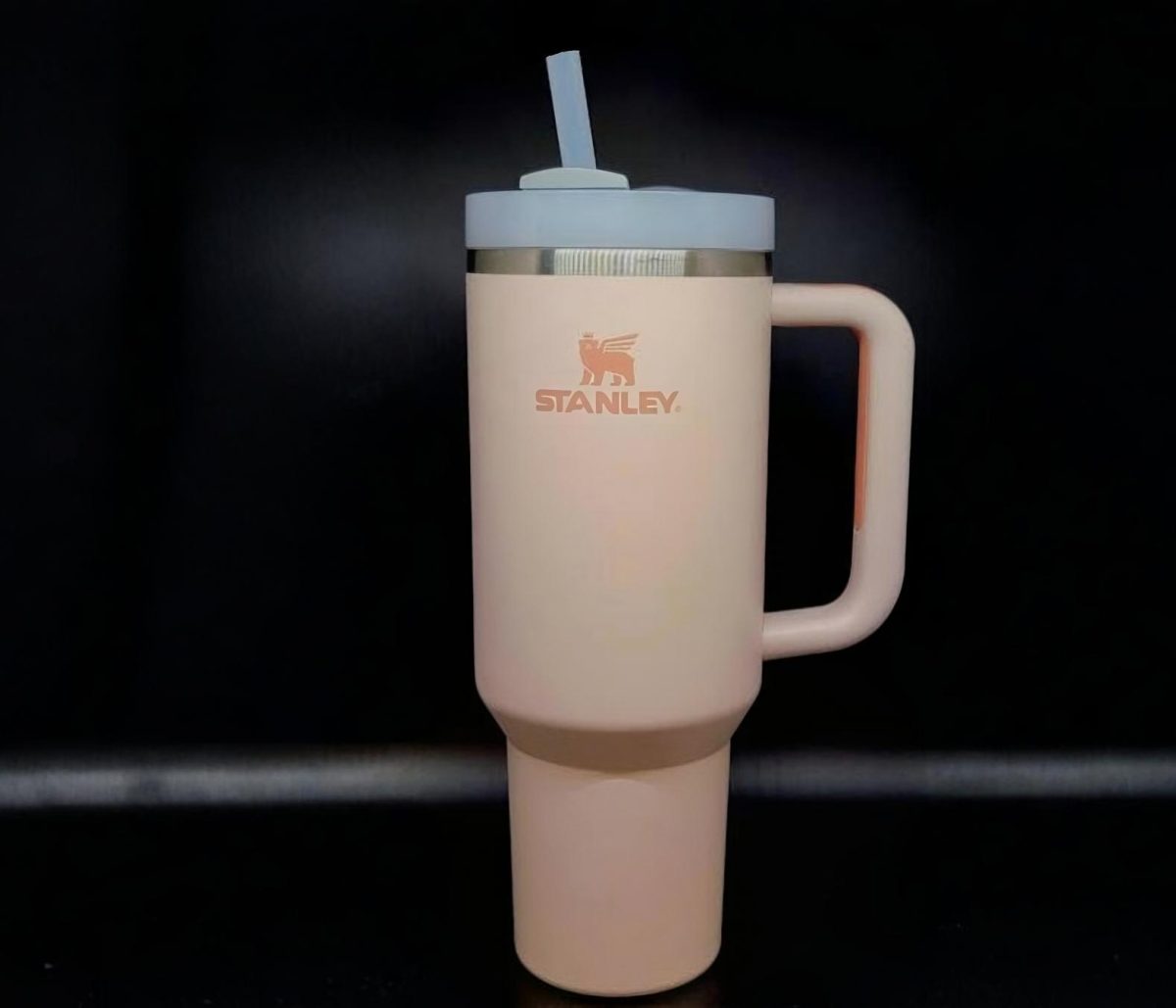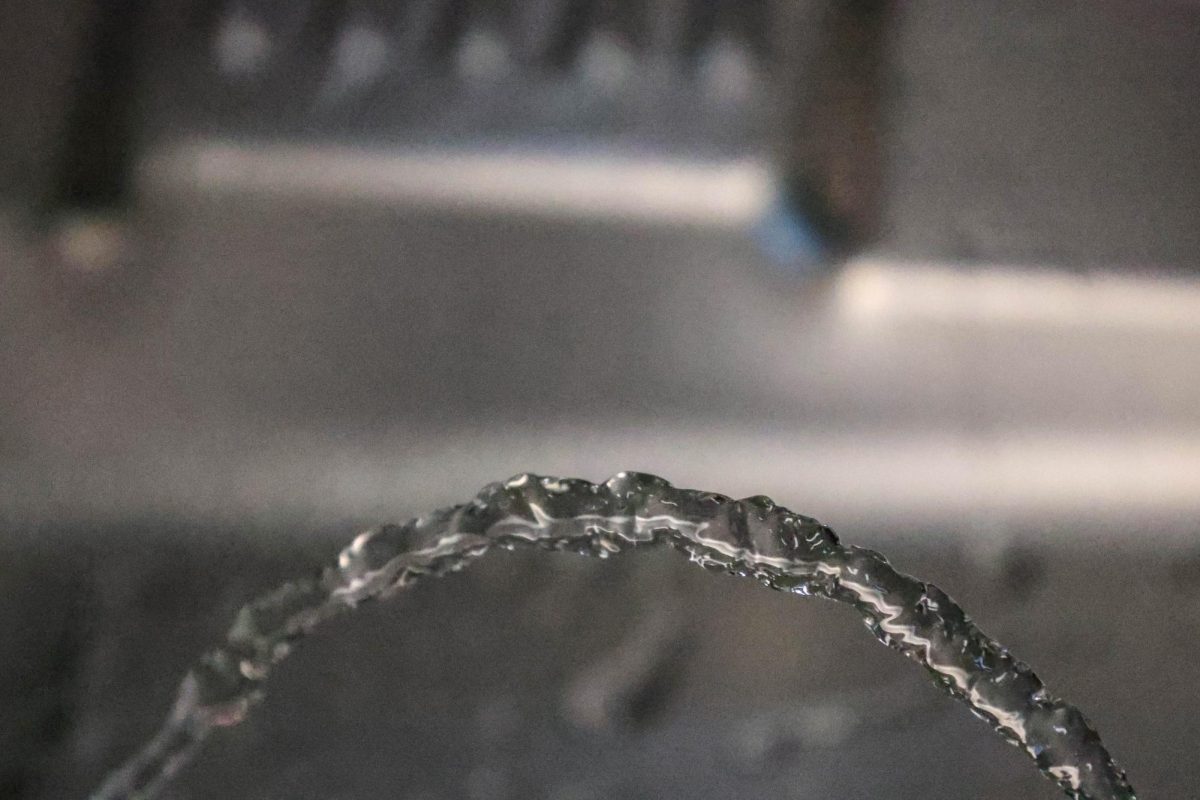Reusable water bottles are a sustainable alternative to single-use plastics. They help to reduce waste and cut down on plastic pollution. However, the trend of collecting or replacing one brand with another—from Nalgenes and Hydroflasks to Stanleys and Owalas—causes preventable environmental harm and conflicts with the original purpose of sustainability.
Over the past decade, certain reusable water bottle brands have become popular for their aesthetics as much as their usefulness. Consumers with perfectly functional water bottles often purchase new ones to follow the latest trend. Many have good intentions, thinking their purchase must be what is best for the environment.
This assumption, while well-meaning, misses the point. Sustainability isn’t just about buying eco-friendly products—it’s about how we use them. The ratio between overall emissions of single-use products and a reusable alternative for the same number of uses is known as an environmental payback period. Simply put, a reusable product only starts to benefit the planet if it’s reused enough times to offset the resources it took to make it.
Dr. Shelie Miller, a professor of sustainable systems at the University of Michigan and co-director of the Center for Sustainable Systems, researched the unintended environmental consequences of new technology. Dr. Miller explains, “We often think, if something’s reusable, it has to be better for the environment, and that is true, as long as we actually reuse it a large number of times,” Miller says. “It depends on the water bottle, it depends on the actual material, but you probably have to reuse that bottle around 50 to 100 times in order to have an actual environmental benefit over using single use bottles”.
This statistic reveals irony in today’s water bottle craze. The collection and frequent replacement of water bottles undermines their purpose, turning them into collectables rather than essentials. Take Stanley cups, for example; originally marketed for their durability and eco-friendliness, they’ve evolved into fashion accessories and status symbols.
Limited-edition releases like the Valentine’s collection and Lunar New Year designs have triggered what are known, infamously, as “Stanley Stampedes,” where customers line up outside stores or race through aisles to grab the latest color drop. TikTok videos of people pulling cups from others’ carts demonstrate just how far the trend has drifted from sustainability. Scarcity marketing—the tactic of creating urgency through limited supply—has added fuel to the fire, encouraging people to buy multiple bottles for the sake of owning a collection.
The shift has been magnified by social media and influencer culture. Videos showcasing aesthetically pleasing and meticulously arranged collections or influencers sharing “must-haves” continue the cycle. The problem isn’t just aesthetic overindulgence; it’s the environmental cost of producing, shipping and collecting these items.
What’s lacking in conversation among environmental activists is discussing overconsumption of eco-friendly products or products labeled as eco-friendly. As Dr. Miller points out, addressing the culture of overconsumption requires a mindset shift.
“There’s a lot of guilt around it [overconsumption],” Miller said. “I think it’s more about just really taking a step back and saying, all right, people used to live really good, fulfilling lives with much smaller closets than we do now and much smaller cabinets than we do now. And so as we’re really thinking about what we really need versus what we buy, can we make our consumption behaviors match a little bit more what our real needs are?”
Reflecting on consumption habits doesn’t need to be guilt-driven or joyless. In fact, it can be empowering. Personalizing your existing water bottle with stickers, for example, is a creative way to express yourself and resist the impulse to buy something new.
“The greenest thing is the thing that you don’t buy,” Dr. Shelie Miller said.
Of course, not everyone buying a new water bottle is doing so for clout. Some people genuinely need replacements for worn-out bottles, while others may prioritize functionality over aesthetics. The point isn’t to shame anyone for wanting an upgrade but to challenge the broader culture that equates consumerism with environmentalism.
When did we decide that sustainability had to look trendy? It is time to reframe our thinking; the best reusable water bottle isn’t the newest or most Instagram-worthy—it’s the one you already own. The next time you feel the pressure of a limited-edition drop, ask yourself, do I really need two?










